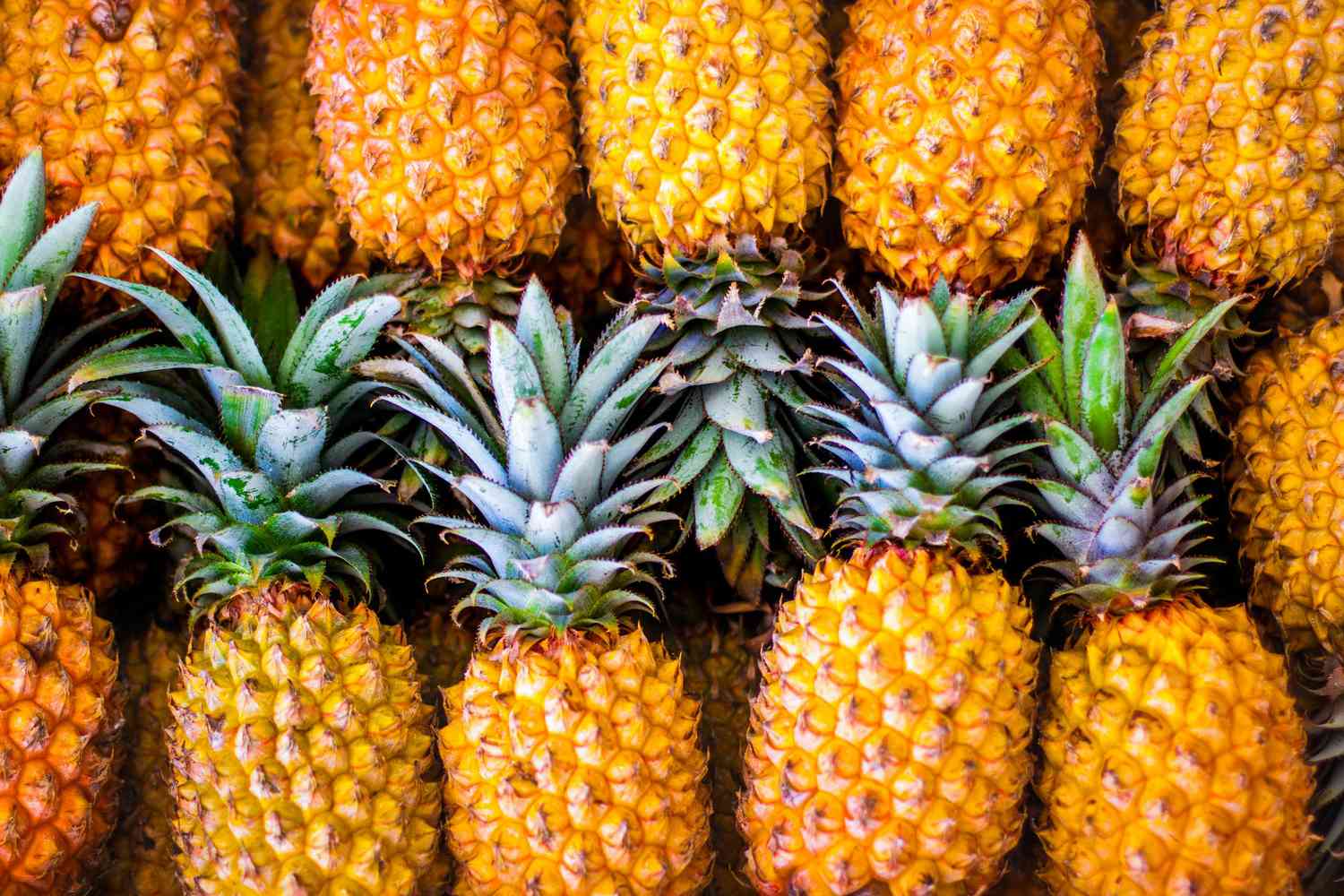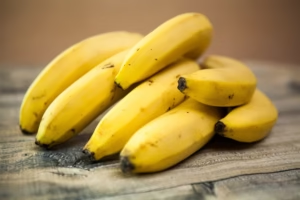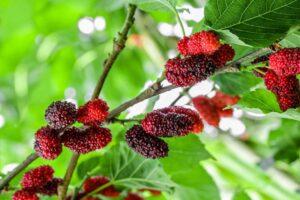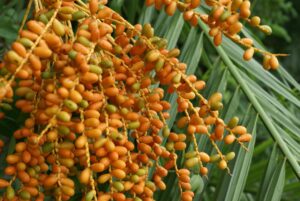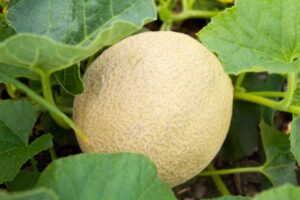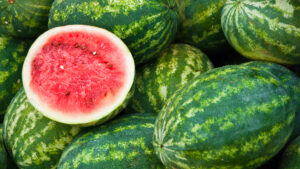How to Grow and Care for Pineapple: A Complete Guide
Are you looking to add a touch of the tropics to your home or garden? Growing pineapples (Ananas comosus) is not only possible but can be a rewarding experience for gardeners of all levels. Whether you have a spacious outdoor garden or just a sunny windowsill, you can enjoy growing these exotic fruits. This comprehensive guide will walk you through everything you need to know about growing and caring for pineapples in different environments.
Understanding Pineapple Plants
Before diving into growing methods, it’s important to understand what pineapple plants are. Pineapples belong to the bromeliad family and are perennial plants native to tropical South America. Unlike most fruits, pineapples don’t grow on trees but rather on low-growing plants that typically reach 3-5 feet in height and width.
What makes pineapples special is their growth habit. Each plant produces just one fruit from its center, after which the mother plant will slowly die while producing offspring called “pups” or “suckers” around its base. These can be separated and grown into new plants.
Pineapple Varieties for Home Growers
While commercial pineapple production in the US focuses primarily on the ‘Smooth Cayenne’ variety, home growers have several options:
- Smooth Cayenne: The classic commercial variety with golden flesh and well-balanced sweetness and acidity
- Queen: Smaller fruit with exceptionally sweet, yellow flesh and a pleasant aroma
- Abacaxi: Known for its incredible sweetness and rich flavor
- Red Spanish: More disease-resistant with a square shape and deep yellow flesh
- Sugar Loaf: Very sweet with white flesh and low acidity
According to the USDA Agricultural Research Service, choosing the right variety for your growing conditions is essential for success.
Growing Pineapples from Different Starting Materials
You can start growing pineapples in three main ways: from the crown of a store-bought pineapple, from pups (offshoots), or from seeds. Each method has its advantages and challenges.
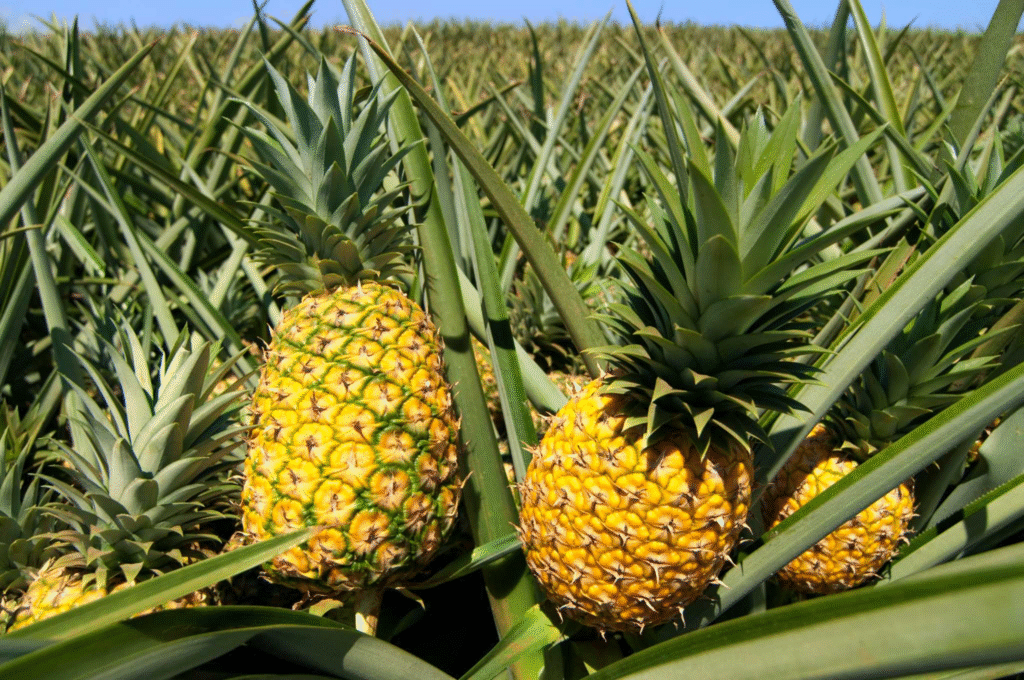
Growing from a Crown
This is the most popular method for home growers:
- Select a fresh pineapple: Choose one with healthy, green leaves and a firm, ripe fruit.
- Remove the crown: Twist off the leafy top or cut it about half an inch below the leaves.
- Prepare the crown: Remove some of the lower leaves to expose about an inch of the stem.
- Allow to dry: Let the crown dry for 5-7 days to form a callus over the cut area.
- Plant: Place the crown in soil or water to root.
Growing from Pups or Slips
If you already have a pineapple plant, you can propagate it from the offspring:
- Identify pups: Look for small plants growing around the base of the mother plant.
- Separate carefully: When they’re at least 8 inches tall, carefully cut them away from the mother plant.
- Plant directly: Unlike crowns, pups can be planted directly in soil.
Growing from Seeds
This is the most challenging and time-consuming method:
- Seed extraction: Extract seeds from a very ripe pineapple.
- Cleaning: Clean the seeds thoroughly and dry them.
- Germination: Plant in a sterile seed-starting mix and maintain warm, humid conditions.
- Patience: Germination can take 1-6 months, and plants may take up to 5-7 years to fruit.
Growing Pineapples in Different Environments
Outdoor Planting in Suitable Climates
Pineapples thrive outdoors in USDA hardiness zones 10-11, which in the US includes southern Florida, parts of southern California, Hawaii, and Puerto Rico. According to the University of Florida Extension, pineapples need the following conditions for optimal growth outdoors:
- Temperature: Ideal growing temperatures between 68°F-86°F (20°C-30°C)
- Soil: Well-draining, slightly acidic soil with pH 4.5-6.5
- Spacing: 2-3 feet between plants
- Sun exposure: Full sun to light shade
- Protection: Shelter from strong winds
Container Growing Indoors
Don’t have the ideal outdoor climate? No problem! Pineapples make excellent container plants:
- Pot selection: Choose a 5-gallon container (or larger) with drainage holes
- Soil mix: Use a well-draining potting mix designed for bromeliads or cacti
- Placement: Place in the sunniest spot available, ideally south-facing windows
- Temperature: Maintain indoor temperatures above 65°F (18°C)
- Rotation: Rotate the container regularly to ensure even growth
Patio and Garden Pot Growing
For those with limited space or in colder climates:
- Seasonal placement: Move pots outdoors during warm months, bring inside when temperatures drop below 60°F (15°C)
- Pot size: Start with a 1-gallon pot and up-size as the plant grows
- Mobility: Consider a pot with wheels for large plants to ease movement
Pineapple Care Requirements
Water, Light, and Temperature Requirements
| Requirement | Indoor Growing | Outdoor Growing | Container Growing |
|---|---|---|---|
| Water | Water sparingly, allowing soil to dry between waterings; keep water in the rosette of leaves | Regular watering during dry periods; reduce in winter | Water when top inch of soil is dry; avoid overwatering |
| Light | Minimum 6 hours of bright, direct sunlight daily | Full sun to partial shade | Full sun; supplement with grow lights if needed |
| Temperature | 65°F-85°F (18°C-29°C); never below 60°F (15°C) | 68°F-86°F (20°C-30°C); protect when below 60°F (15°C) | Similar to indoor; move to protected location in cold weather |
| Humidity | 40-60% ideal | Natural humidity in suitable climates | Mist occasionally; use humidity tray if home air is dry |
Fertilization Schedule
For healthy growth and fruit production, follow this fertilization schedule:
- Newly planted: Wait 2 months before fertilizing
- Growing phase: Apply a balanced, water-soluble fertilizer (e.g., 10-10-10) diluted to half strength every 2 months
- Pre-flowering: When the plant is about 1 year old, apply a fertilizer higher in potassium (e.g., 10-5-15) to encourage flowering
- Fruiting phase: Continue with higher potassium fertilizer every 2 months until harvest
The USDA Plant Database recommends avoiding excessive nitrogen, which can delay flowering and fruiting.

Pest and Disease Management
Pineapples are relatively pest-resistant, but they can face challenges:
Common Pests:
- Mealybugs
- Scale insects
- Spider mites
- Nematodes (in garden soil)
Common Diseases:
- Root rot (from overwatering)
- Heart rot (from water sitting in the central cup)
- Fungal diseases in humid conditions
Prevention and Treatment:
- Inspection: Regularly check plants for signs of pests or disease
- Air circulation: Ensure good air movement around plants
- Proper watering: Avoid overwatering and water at the soil level
- Organic solutions: Use neem oil or insecticidal soap for minor pest issues
- Chemical options: Use as a last resort and follow label instructions carefully
Inducing Flowering and Fruit Production
One of the challenging aspects of growing pineapples is getting them to flower and produce fruit. In natural conditions, pineapples typically flower after 18-24 months of growth. However, you can induce flowering:
Natural Method
- Wait until the plant has at least 30 leaves and is about 3 feet across
- Provide optimal growing conditions
- Be patient—it can take 18-36 months depending on growing conditions
Induced Flowering
You can trigger flowering using ethylene gas:
- Place a ripe apple in the center of the plant
- Cover the plant and apple with a clear plastic bag
- Leave for 3-7 days, removing the bag daily for fresh air exchange
- Repeat if necessary after 2 weeks
According to research from the USDA Tropical Agriculture Research Station, induced flowering can advance fruiting by several months.
Harvesting Your Homegrown Pineapple
After successful flowering, fruit development takes about 5-6 months. Here’s how to know when your pineapple is ready:
- Color change: The fruit will change from green to yellow starting from the bottom
- Aroma: A sweet, fragrant smell will develop at the base
- Feel: The fruit will yield slightly to gentle pressure but shouldn’t be soft
To harvest:
- Cut the fruit with a sharp knife, leaving a few inches of stem
- Let it ripen at room temperature if picked slightly early
- For optimal flavor, allow it to ripen fully on the plant
Propagating from Your Successful Plant
After harvesting, your pineapple plant will produce offspring that can be grown into new plants:
- Identify the types of shoots:
- Suckers: Grow from the main stem below the fruit
- Slips: Emerge from the base of the fruit
- Ratoons: Develop from underground portions of the stem
- Harvesting offshoots:
- Wait until they’re at least 6-8 inches tall
- Cut or carefully twist them off the mother plant
- Allow the cut end to callus for a few days
- Plant in suitable growing medium
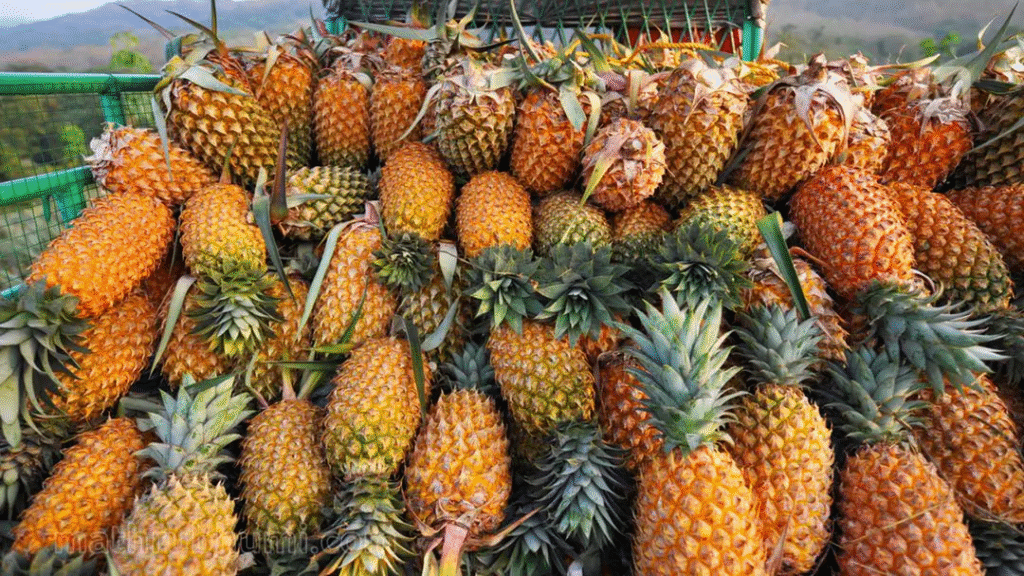
Troubleshooting Common Pineapple Growing Problems
Brown Leaf Tips
- Cause: Usually indicates underwatering or low humidity
- Solution: Water more frequently and consider misting the leaves
Yellowing Leaves
- Cause: Could be overwatering, poor drainage, or nutrient deficiency
- Solution: Check drainage, adjust watering schedule, and consider fertilizing
Plant Not Flowering
- Cause: Insufficient size, age, or light
- Solution: Ensure the plant is mature (30+ leaves), receives enough light, and try the induced flowering method
Fruit Small or Underdeveloped
- Cause: Insufficient nutrients or growing conditions
- Solution: Improve fertilization schedule and overall growing conditions
Conclusion
Growing pineapples at home can be a uniquely rewarding experience. While it requires patience—taking anywhere from 18 months to 3 years to harvest fruit—the process is fascinating and the reward is delicious. Whether you’re growing indoors in a northern state or outdoors in Florida, the principles remain the same: provide adequate light, appropriate water, well-draining soil, and regular feeding.
Remember that even if your first fruit isn’t perfect or large, the experience and knowledge gained are valuable. Plus, each pineapple plant will produce multiple offspring, giving you more chances to perfect your technique with each generation of plants. With the information in this guide, you’re well-equipped to embark on your pineapple growing journey.
For more detailed information specific to your growing region, consult your local extension office or the USDA’s Plant Hardiness Zone Map to determine the best growing strategies for your area.
